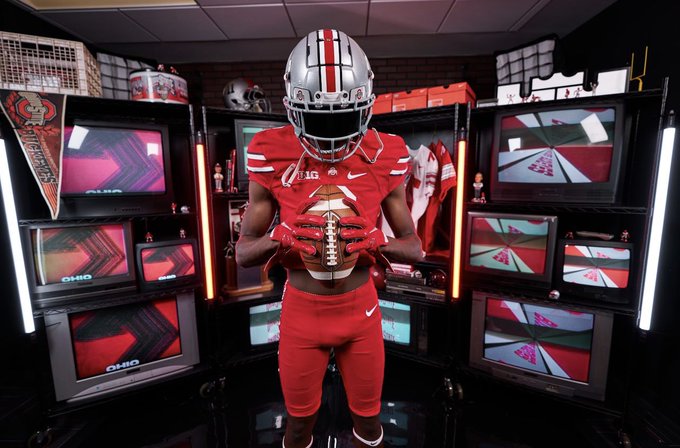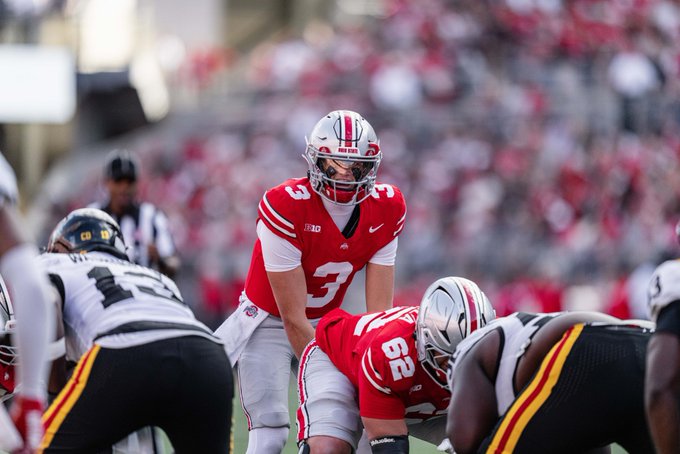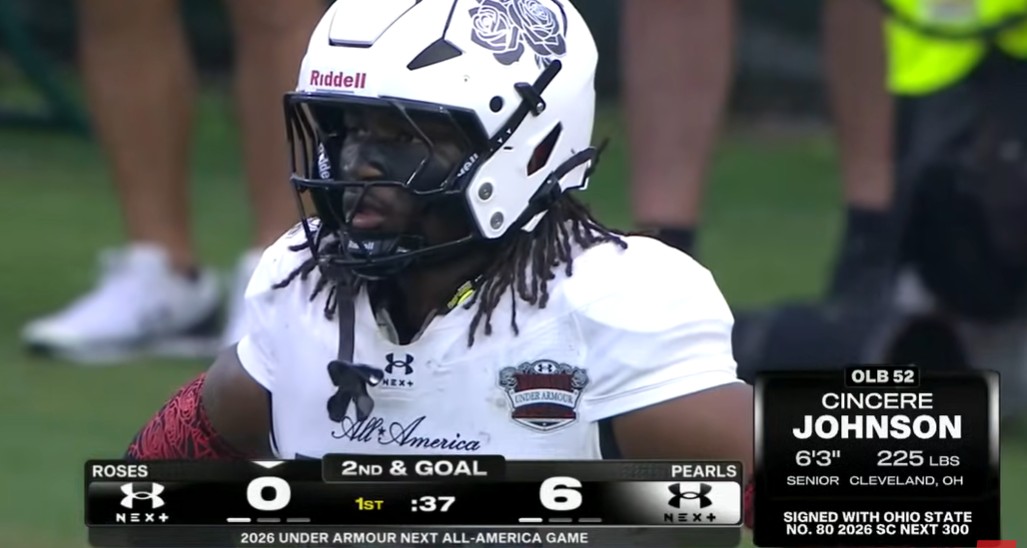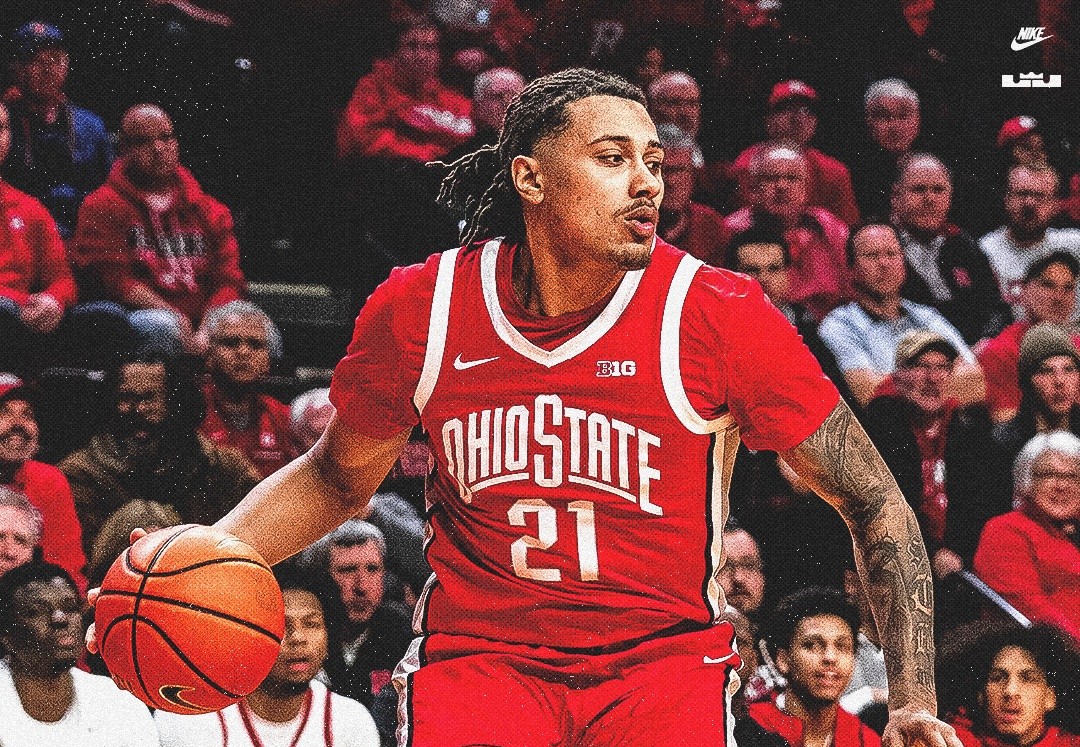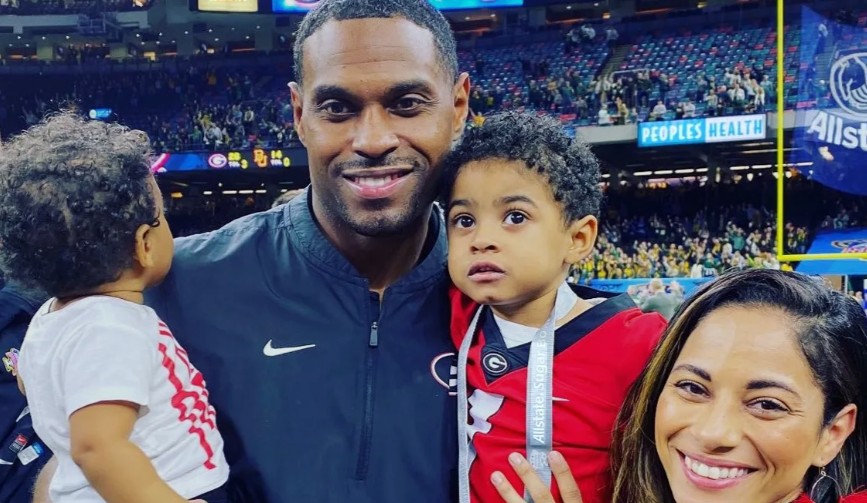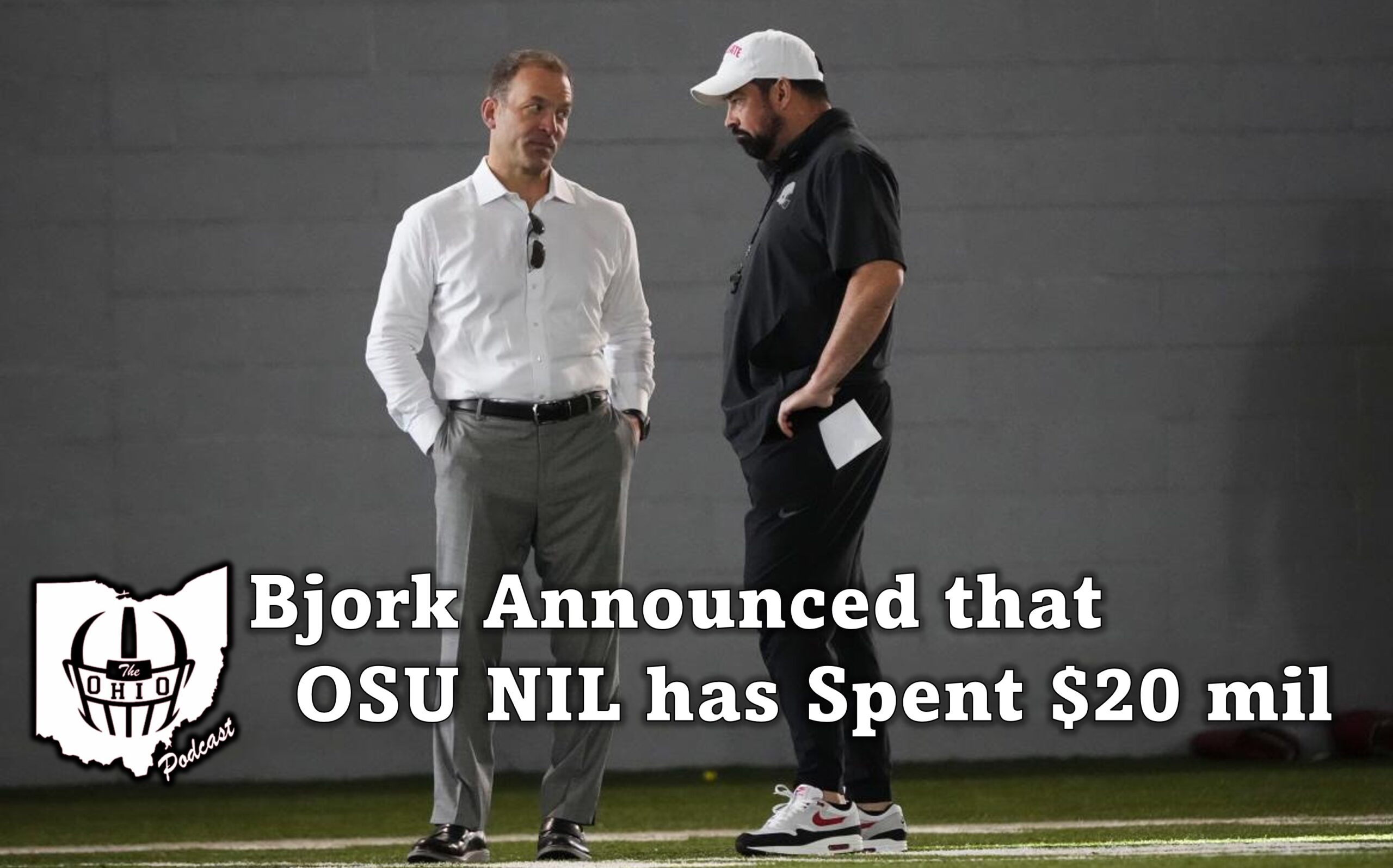
Ohio State athletic director Ross Bjork revealed to Yahoo Sports’ Ross Dellenger that collectives and brand affiliates have disbursed “around $20 million” to Buckeye football players over the past year. This announcement came during Big Ten Media Days, where Bjork was accompanied by Ohio State head coach Ryan Day, wide receiver Emeka Egbuka, defensive end Jack Sawyer, and cornerback Denzel Burke.
During the event, Bjork engaged in several interviews at Lucas Oil Stadium. When asked by Dellenger about the future of revenue-sharing at Ohio State, Bjork noted the uncertainty surrounding the continuation of the $20 million disbursements. He emphasized the need for clarity, particularly regarding Title IX compliance, as the school prepares to sign athletes in December.
“It’s too early to predict,” Bjork stated. “We need some clarity sometime this fall.”
Dellenger reported that the NCAA and power conferences are expected to finalize a long-form agreement to settle three antitrust cases. This 70-page document will outline a $2.77 billion payment to former athletes and introduce a new model that allows colleges and universities to share 22% of the average conference school’s primary revenues.
In an earlier interview with Joey Kaufman of The Columbus Dispatch, Bjork mentioned that Ohio State intends to share the entire 22% with its athletes. These payments are projected to reach approximately $22 million in 2025, with amounts increasing annually. As Ohio State develops a plan for these payments across its 36 varsity programs, Bjork highlighted that Title IX compliance remains a critical concern.
“We all are going to follow Title IX,” Bjork said. “This is a new form of financial aid or compensation that wasn’t considered in the original Title IX legislation. We need thorough legal analysis on this new source of funds.”
Bjork added that Ohio State is currently “modeling, analyzing, and testing” various methods to distribute the revenue while ensuring legal compliance. He noted that other departments are conducting similar evaluations, a development that both Bjork and Day find encouraging.
Ryan Day emphasized the importance of uniformity in the revenue-sharing model. “Having some uniformity is crucial,” Day told Yahoo Sports. “We need to be Title IX compliant, and I think some standardization is reasonable.”
According to Dellenger, the settlement provides schools with flexibility in making localized decisions, aiming to protect them from antitrust challenges. Bjork expressed hope that the Big Ten might adopt a conference-wide mandate for revenue-sharing.
“The question is, can we establish a uniform standard across the country without facing new legal challenges?” Bjork asked.
While Bjork navigates the future of Ohio State athletics, Day is focused on the upcoming 2024 college football season and the program’s top-ranked 2025 recruiting class. Bjork mentioned that Day and his staff have been intentionally vague with recruits about NIL and revenue-sharing opportunities due to the lack of an official plan.
“We’re telling recruits there will be three categories: traditional financial aid, revenue sharing, and NIL,” Bjork said. “The specifics of these categories are still being determined.”

